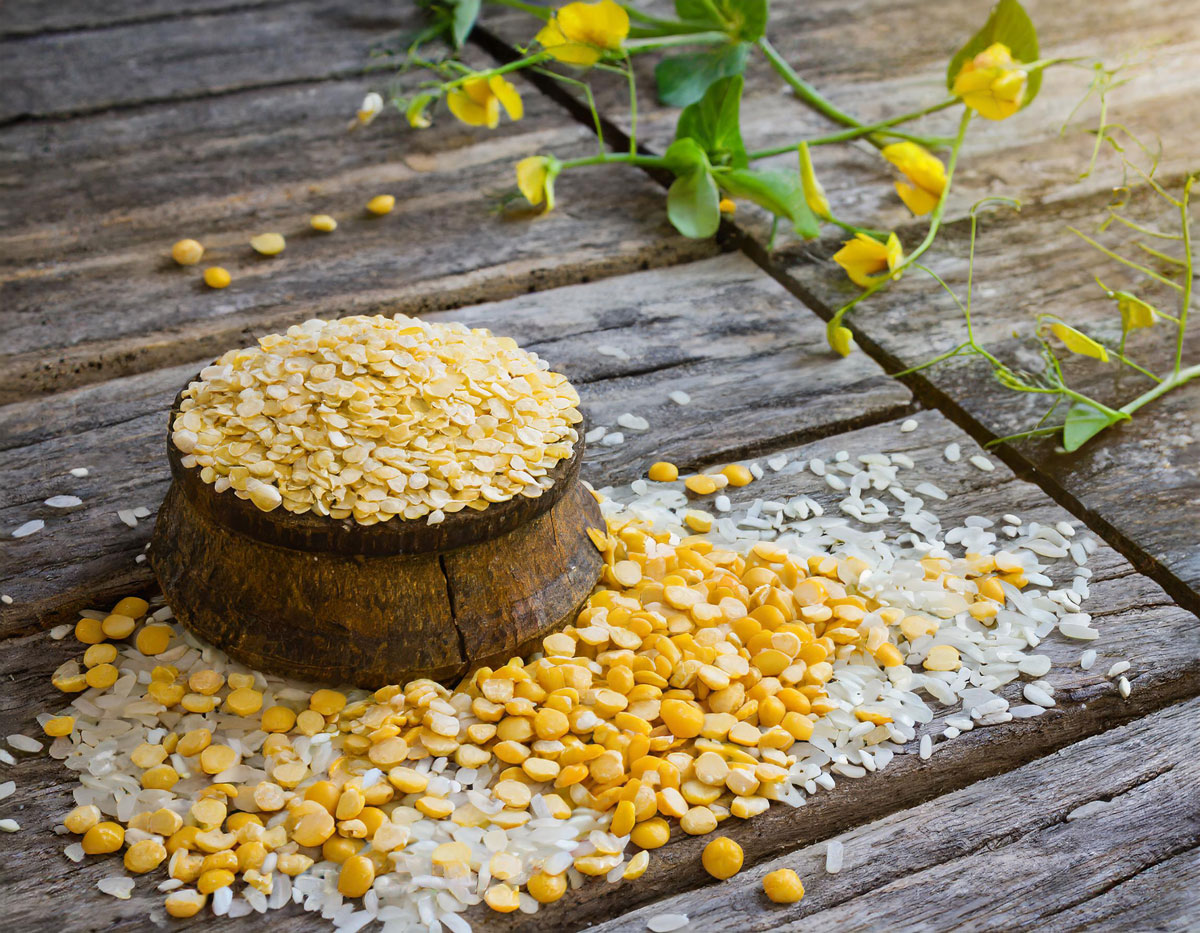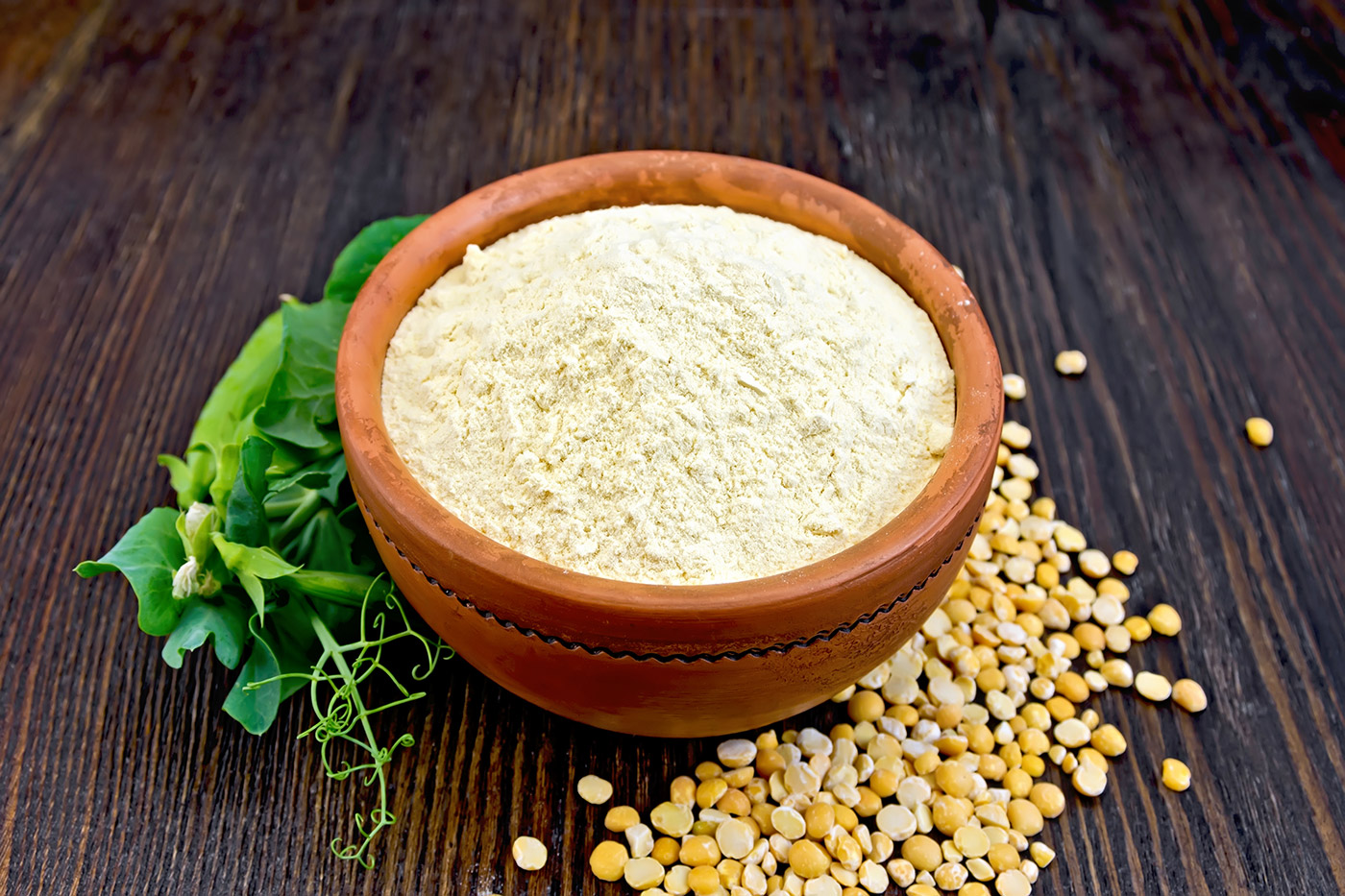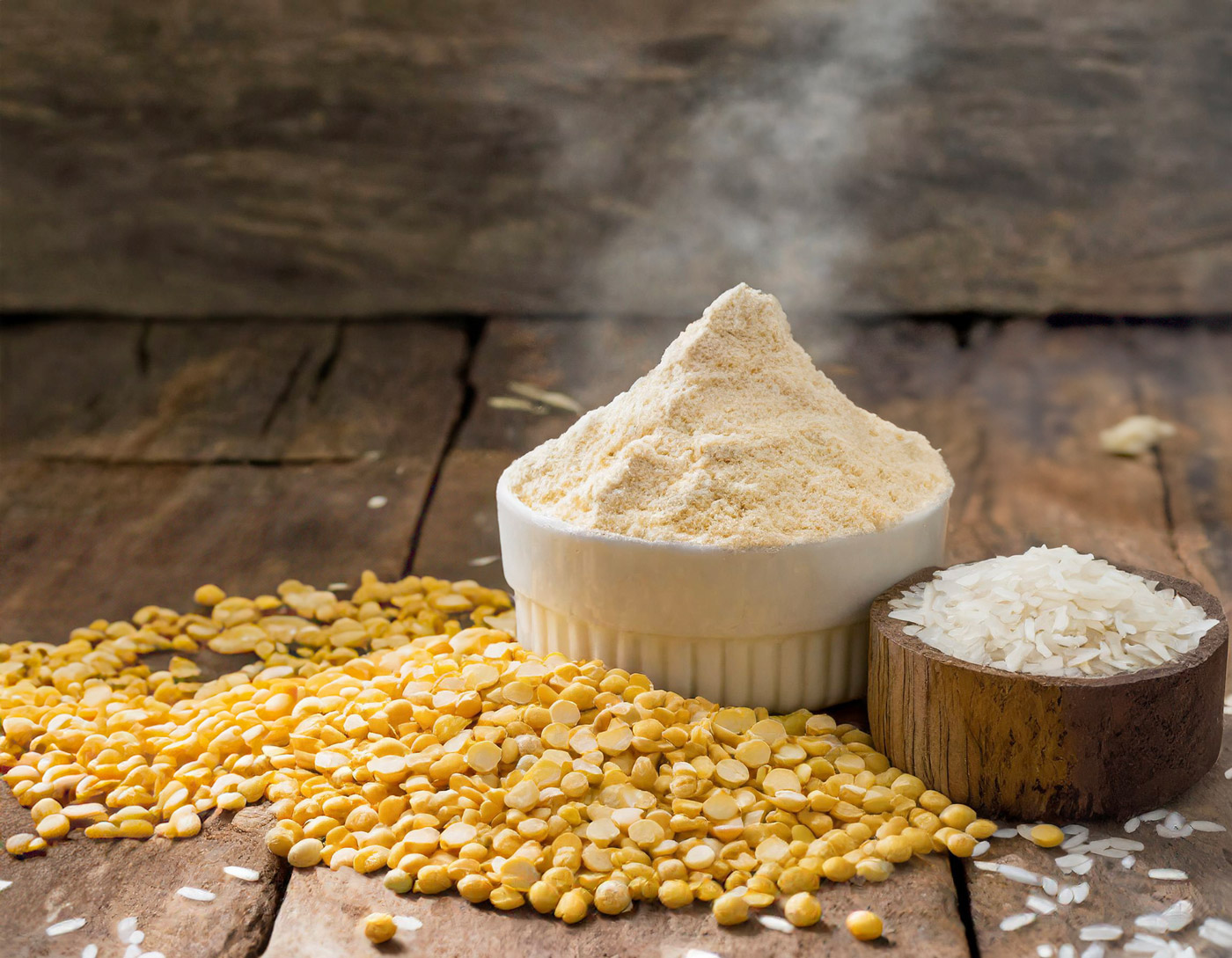Rice protein or pea protein: vegan proteins in comparison
In order for our body to perform all relevant functions, it must be supplied with sufficient macronutrients (proteins, fats, carbohydrates). As a fundamental building block of our health, proteins are therefore an integral part of our diet.
Vegan alternatives to whey or soy powders are becoming increasingly popular. On the rise: rice and pea protein. In this blog post, we explain the advantages and disadvantages of each of these and why a combination of both is the best source of protein.

Differences between rice and pea protein at a glance:
| Rice protein | Pea protein | |
|---|---|---|
| Compatibility | Very easy to digest, gluten-free and hypoallergenic | easy to digest, possible problems with legume allergies |
| Amino acid profile (essential amino acids) | complete, but: • a lot of methionine • little lysine | complete, but: • little methionine • a lot of lysine |
| Biological value | 81 | 65 |
| Protein content | up to 80 % | 80-90 % |
| Other nutrients | • Vitamins: B and E • Nutrients: magnesium, calcium, iron, zinc, potassium and phosphorus | • Vitamins of the B group • Nutrients: potassium, phosphorus, magnesium, calcium |
| Flavor | sweetish-mild, mostly even natural and neutral | Varies depending on production, mostly mild and neutral |
| Use | • gluten-free baked goods • Substitute for milk protein • edible films • as an emulsifier in coffee creamers, drinks … | • Meat substitutes • Substitute for cereal flours • Foaming agent in whipped cream, sweets etc. • edible films |
Direct comparison: rice vs. peas
Rice is much more than just a source of starchy carbohydrates and contains many important nutrients. In addition to the essential amino acids that are vital for survival, it also contains valuable vitamins and minerals. These can also be found in the rice protein powder, which is produced for a wide range of applications.
In their original form, peas are already rich in protein and also contain starch and fiber. They also contain important minerals such as potassium, phosphorus, magnesium and calcium and are rich in B-group vitamins.

Both sources are now popular soy alternatives in substitute products such as plant-based drinks or vegan meat imitations.
The final properties of the respective protein are subject to natural fluctuations and vary depending on the manufacturer. Basically, however, these are the characteristics that make up the two plant- based proteins:
Production of the different protein products
Rice protein is obtained from whole grains of rice (usually wild rice) with husk and germ by grinding them and subjecting them to a fermentation process. This produces a fine powder. In this form, it usually contains up to 80 % pure protein. However, the content ultimately depends on the fermentation process. Pea protein is produced by drying and grinding peas (often yellow shelling peas). These are processed without the hard-to- digest shell. The resulting powder also has a protein content of around 80 %.
Tolerance: hypoallergenic and easily digestible
Unlike other cereal grains, rice is gluten-free and therefore a good choice if you have an intolerance. It is also an appealing alternative if you have problems with milk protein. Due to its high digestibility, it is even used in baby food for this purpose with a clear conscience.
In addition, rice protein is hypoallergenic, so it is not a known trigger for allergies.
Caution is advised with pea protein: People who are allergic to pulses can also have problems here.
Rice protein vs. pea protein: the amino acid profile
Both rice and pea protein contain all the essential amino acids – but in different quantities.
Rice protein is high in methionine (promotes detoxification and muscle contraction) and the semi- essential amino acid cysteine. A disadvantage, however, is the low amount of lysine (for a strong immune system and building up the body’s own proteins).
The biological value is 81 and can therefore be classified as high. This means that rice protein is easily utilized and many of the proteins it contains are converted into the body’s own proteins.
Pea protein, on the other hand, is low in cysteine and methionine but high in lysine. The biological value is 65.
The two plant proteins therefore complement each other perfectly.
You can find detailed information on this topic in our corresponding blog posts:
- Rice protein biological value
- Pea protein biological value
Application in the industrial sector
Both proteins have properties that make them interesting in both the private and, above all, the industrial sector. This is because they can perform far more functions than just being mixed into protein shakes.
Both pea and rice protein are used, for example, in the production of:
- gluten-free baked goods
- Infant formula without milk protein
- edible films (also for pharmaceuticals)
- Coffee creamers, beverages, confectionery (as an emulsifier)
- Cosmetics and body care
Pea protein in particular is also often used to make meat substitutes.

Rice AND pea protein rather than rice or pea protein
To obtain a balanced and complete amino acid profile, you need to combine different protein sources. Proteins from rice and peas complement each other perfectly and are therefore often combined.
However, if you are only looking for a specific vegan protein source, you should get an overall picture and compare the corresponding benefits. We will be happy to help you, especially if you are looking for a suitable product for food production. Please get in touch via our contact page.
Who we are? naVitalo is your partner and supplier of plant-based raw materials made from rice and peas – as well as oats, tapioca and others. We focus on organic quality and, in addition to proteins, also offer you natural sweeteners and plant-based milk alternatives.
Sources:
National Library of Medicine
A Narrative Review on Rice Proteins: Current Scenario and Food Industrial Application https://www.ncbi.nlm.nih.gov/pmc/articles/PMC9370113/ (as of 17.01.2024)
The Current Situation of Pea Protein and Ist Application in the Food Industry https://www.ncbi.nlm.nih.gov/pmc/articles/PMC9412838/ (as of: 17.01.2024)
German Allergy and Asthma Association
https://www.daab.de/blog/2021/05/neue-allergieausloeser-vegane-lebensmittel-erbsen-co
https://www.daab.de/blog/2022/04/erbsenproteine-das-sollten-allergiker-wissen

